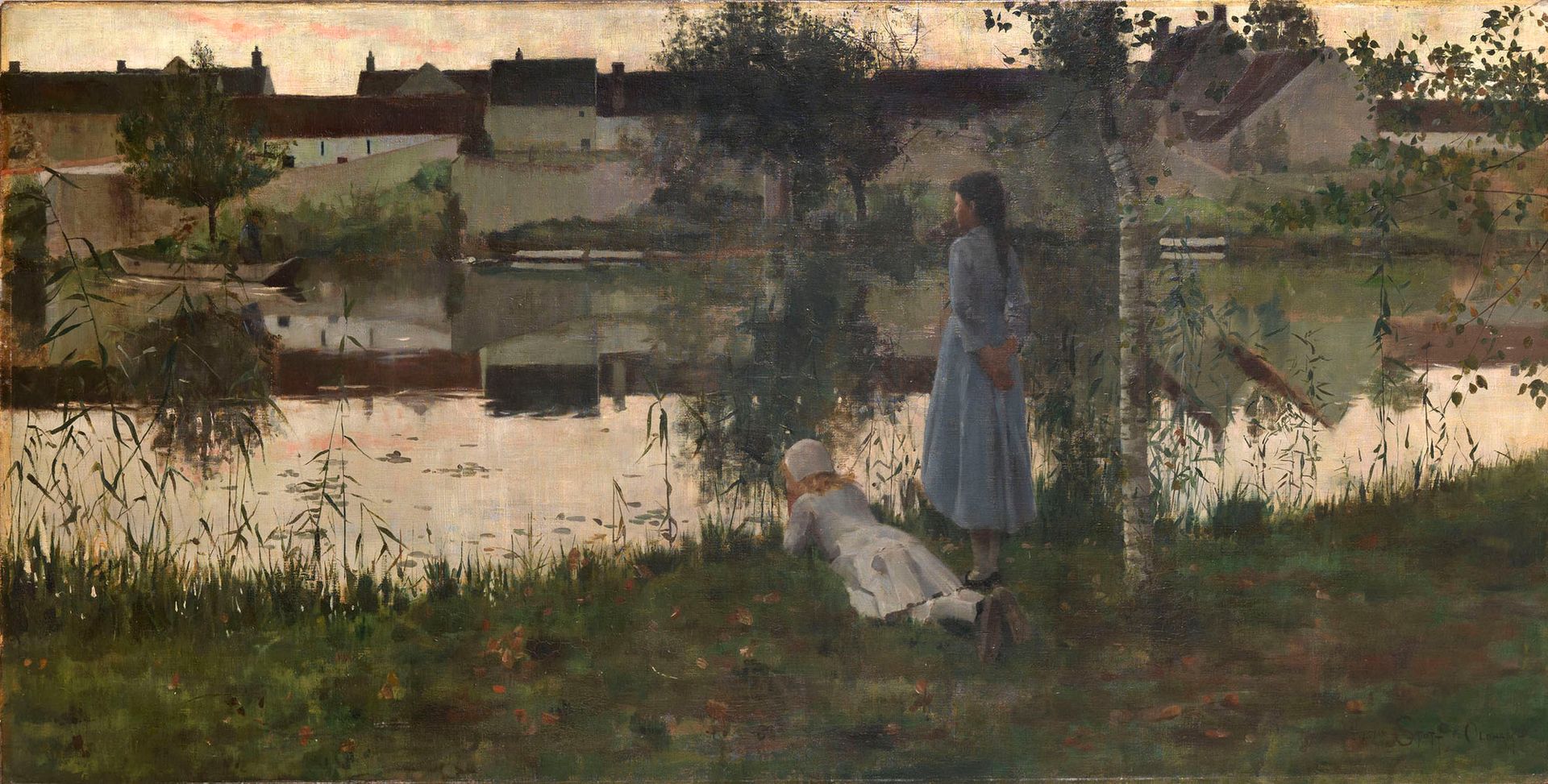Tate has acquired its earliest picture by a female artist, a work discovered in a country auction. It is a portrait by Joan Carlile, who was one of the first British painters to work professionally, making miniature copies of Italian pictures and doing portraits. The purchase is part of Tate’s new focus on acquiring works by female artists for its collection.
The Carlile portrait (1650-55) of an unidentified woman was a “sleeper” in a Woolley & Wallis auction in Salisbury, where it sold on 10 December 2014. The buyer was the dealer and historian Bendor Grosvenor, who bought the “English School” painting for £4,200 (hammer price). It had earlier been owned by C.J. Douglas, who sold it at Christie’s in 1927 as a Van Dyck. The painting is now going to be conserved and will go on display next April.
Another major Tate acquisition, announced at the launch of the gallery’s annual report, is William Stott of Oldham’s The Ferry (1882), bought for £1.8m with assistance from the Heritage Lottery Fund and the Art Fund. Other new acquisitions include Derek Jarman’s video Blue (1993) and Bob and Roberta Smith’s print entitled Letter to Michael Gove (2015). Altogether 332 works by British artists and 676 by international artists were acquired in 2015-16, valued at £14.4m. Alex Farquharson, the director of Tate Britain, also reported that next year’s commission in the central Duveen Galleries will be a work by the Welsh conceptual artist Cerith Wyn Evans.

Visitors to Tate’s four sites fell by 16% in 2015-16, to 6.7 million (numbers fluctuate, depending on exhibitions, building work, tourism to London, etc). The opening of Tate Modern’s extension in June resulted in over a million visitors to Bankside in the first month, and even though this initial surge is slowing down it is likely to mean a record number for Tate in the current financial year.
John Browne, the chairman of Tate, paid tribute to Nicholas Serota, who earlier this month announced his retirement as the director from next year, saying that since 1988 he has “taken British art to the world, and brought the world to Tate”. Browne confirmed that the role of overall director of Tate would remain, but he warned that “it would be foolish to search for another Nick”.


